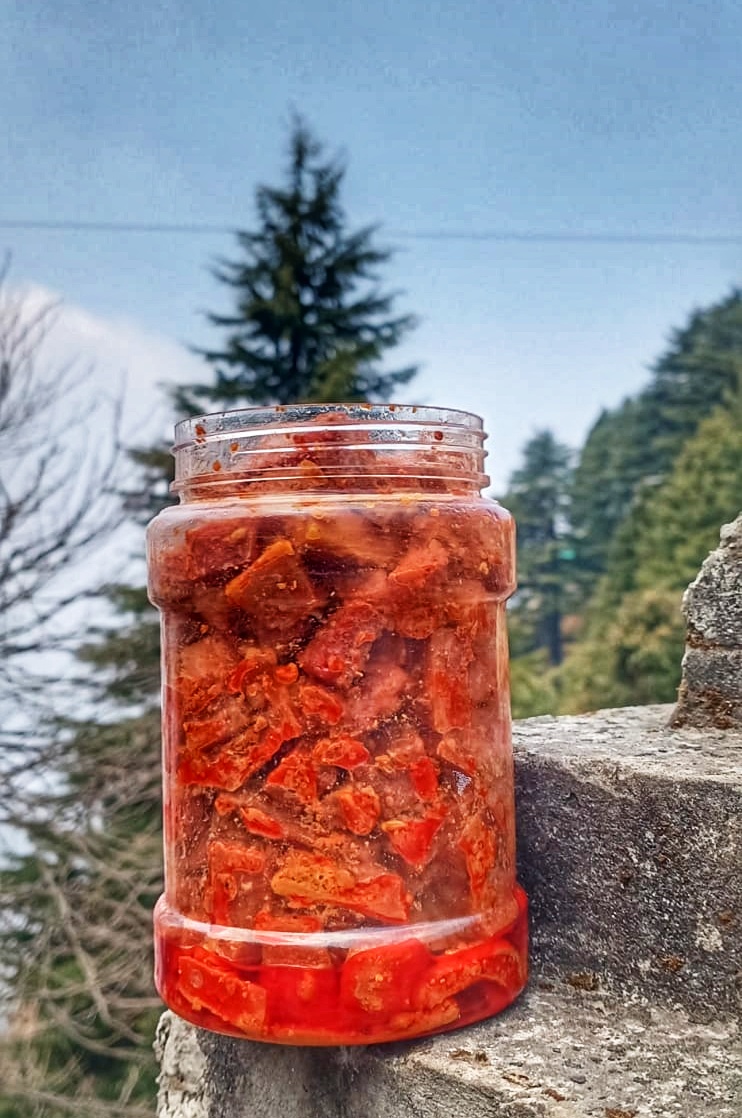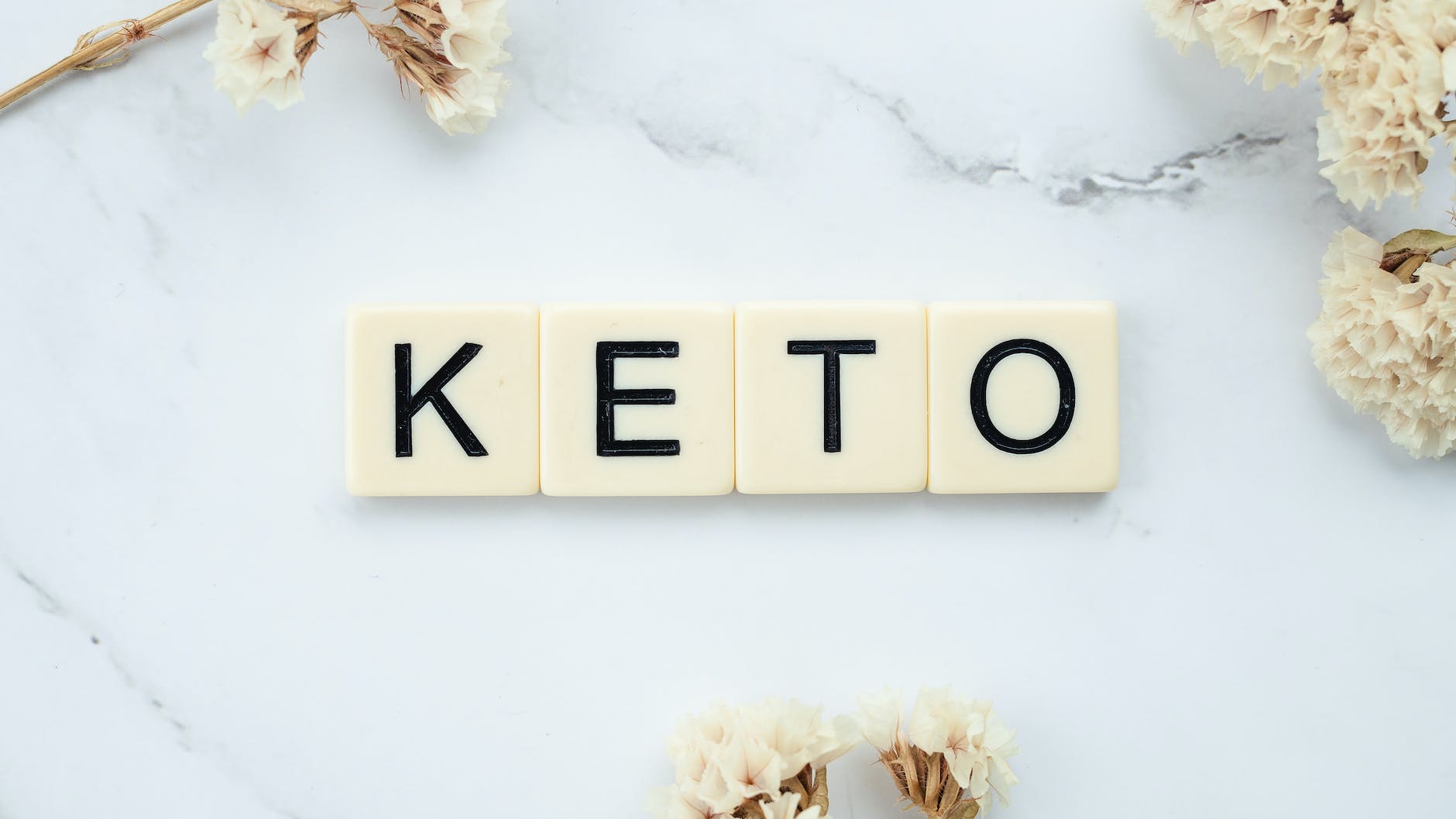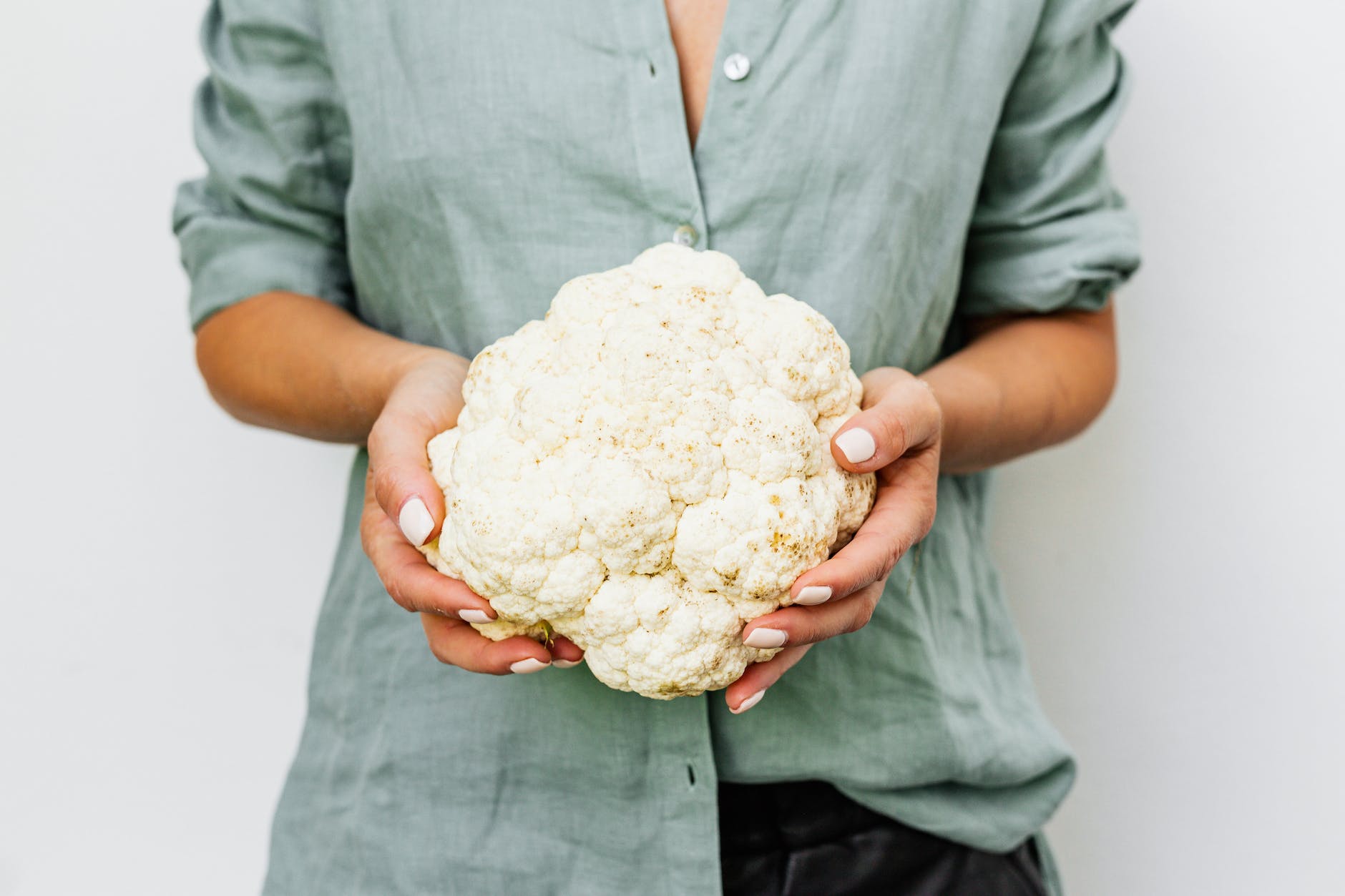
Introduction: The Keto Conundrum – Can You Enjoy Carrots?
Welcome to the vibrant world of keto, where every carb counts, and every vegetable is scrutinized. Among the myriad of questions that keto enthusiasts grapple with, one stands out: “Are carrots keto-friendly?” This root vegetable, known for its bright color and sweet taste, often finds itself at the center of a dietary debate. In this post, we dive deep into the heart of this question, dispelling myths and uncovering the truth about incorporating carrots into a ketogenic diet.
The Nutritional Profile of Carrots: A Closer Look
Before we delve into the keto specifics, let’s understand what carrots bring to the table. Renowned for their high beta-carotene content, carrots are more than just a one-trick pony. A single cup of carrots offers about 11 grams of net carbs and 45 calories, making them a low-calorie option for those mindful of their weight. But beyond the numbers, carrots are a treasure trove of essential nutrients:
- Beta-Carotene: Vital for eye health and immune function.
- Vitamin K: Crucial for blood clotting and bone health.
- Biotin: Supports metabolism and skin health.
- Potassium: Essential for heart health and muscle function.
- Fiber: Aids in digestion and helps in maintaining blood sugar levels.
But the burning question remains – how do these figures play into the strict carb limits of a keto diet?
Carrots in a Keto Diet: Striking a Delicate Balance
The ketogenic diet typically caps daily carbohydrate intake at 20 to 50 grams. Given this narrow window, where do carrots fit in? They’re not as low in carbs as, say, leafy greens, but they aren’t entirely off-limits either. The key is in portion control. While a cup of carrots has a glycemic index score of 71, their high fiber content helps mitigate the impact on blood sugar levels, making them a viable option in moderation.
The Great Carrot Debate: To Keto or Not to Keto?
There’s a divide in the keto community about carrots. Some argue that their relatively higher carb content compared to other keto-friendly vegetables like spinach or kale makes them a poor choice. However, experts like Abby Langer, R.D., author of “Good Food, Bad Diet,” suggest that small quantities of carrots can fit into a keto diet, especially considering their sugar content is higher than leafy greens but still manageable with careful planning.
Carrots vs. Keto-Friendly Vegetables: A Comparative Analysis
In the universe of keto-friendly vegetables, diversity is key, but so is awareness of carb content. Vegetables like arugula, broccoli, and cauliflower are low in carbs and are staples in the keto diet. Carrots, along with onions and rutabagas, fall into a slightly higher carb category but can be included in moderation. This comparative analysis helps keto dieters make informed choices about their vegetable intake.
Incorporating Carrots into Your Keto Diet: Practical Tips
Enjoying carrots on a keto diet is all about how you prepare and portion them. Adding raw carrots to salads or using them as a crunchy snack can brighten up your meal without significantly increasing your carb intake. Be cautious with cooked carrots, though, as cooking can increase their glycemic index, affecting your carb budget more substantially.
Keto-Friendly Carrot Recipes: Adding Flavor to Your Diet
While moderation is key, there are creative ways to include carrots in your keto diet without overshooting your carb limit. Here are a couple of delicious, keto-friendly carrot recipes:
1. Garlic Butter Roasted Carrots
- A scrumptious side dish that pairs well with meats like steak or chicken.
- Recipe Brief: Sauté carrots in garlic-infused butter, season, and roast until golden.
- Carb Content: Contains about 11 grams of carbs per serving – enjoy in moderation.
2. Carrot French Fries
- A perfect alternative to traditional fries, ideal with low-carb burgers or sandwiches.
- Recipe Brief: Cut carrots into strips, season with spices and Parmesan, and bake.
- Health Tip: The fiber in carrots helps buffer the glycemic response, making this a smarter choice than regular fries.
Smart Alternatives to Carrots on a Keto Diet
If you’re looking for lower-carb alternatives to carrots, consider these vegetables:
1. Celery
- A low-carb, low-calorie option with only 3 grams of net carbs per cup.
- Health Benefits: Reduces muscle spasms, boosts testosterone, aids in weight loss, and lowers the risk of arthritis.
- Serving Suggestion: Enjoy organic celery sticks with hummus for a fat-rich keto snack.
2. Other Keto-Friendly Vegetables
- Include a variety of low-carb vegetables like arugula, broccoli, spinach, and zucchini in your diet.
- These vegetables are not only low in carbs but also rich in essential vitamins and minerals.
Conclusion: Carrots on Keto – It’s All About Balance
In conclusion, carrots can find a place in your keto diet, but it’s all about balance and portion control. While they are higher in carbs than some other vegetables, their nutritional value and fiber content make them a worthwhile addition when consumed in moderation. Remember, every individual’s body responds differently to different foods, so it’s important to listen to your body and adjust your diet accordingly. Consult with a nutritionist if you have specific dietary needs or health concerns.
Your Thoughts and Experiences
We’d love to hear from you! How have you incorporated carrots into your keto diet? Do you have any favorite keto-friendly carrot recipes? Share your experiences and tips in the comments below to help fellow keto enthusiasts navigate their dietary journey.
10 FAQs for the Blog Post
- How do carrots fit into a ketogenic diet considering their carbohydrate content?
- Carrots, with about 11 grams of net carbs per cup, can be a part of a ketogenic diet when consumed judiciously. The key is balancing their moderate carb content with your daily carb allowance. Including small portions of carrots can add nutritional value without significantly impacting ketosis, especially if you’re mindful of your overall carb intake throughout the day.
- What nutritional benefits do carrots offer to those on a keto diet?
- Despite their carb content, carrots are a powerhouse of nutrients, beneficial even for those on a keto diet. They are an excellent source of beta-carotene, which is converted into vitamin A in the body, supporting eye health and immune function. Additionally, carrots offer fiber, vitamin K, biotin, and potassium, contributing to a well-rounded diet.
- Can cooking methods affect the keto-friendliness of carrots?
- Yes, the way you cook carrots can impact their keto compatibility. Cooking methods like roasting or boiling can increase the glycemic index of carrots, potentially affecting blood sugar levels more than raw carrots. To enjoy carrots on a keto diet, consider consuming them raw or lightly cooked, and always in moderation to keep carb intake in check.
- Are there keto-friendly recipes that include carrots?
- Absolutely! There are several keto-friendly recipes that creatively include carrots without overstepping carb limits. For instance, garlic butter roasted carrots or carrot French fries can be delightful additions to a keto meal, provided they are enjoyed in small portions and not as a daily staple.
- What are some low-carb alternatives to carrots on a keto diet?
- If you’re seeking lower-carb alternatives to carrots, consider vegetables like celery, spinach, kale, and zucchini. These vegetables are significantly lower in carbs and can be used in a variety of dishes, providing similar textures and flavors while keeping your carb intake aligned with keto guidelines.
- How does portion size impact the consumption of carrots on a keto diet?
- Portion size is crucial when including carrots in a keto diet. A small serving of carrots can fit into your daily carb allowance, but larger servings could potentially push you out of ketosis. It’s important to measure and track your carrot intake to ensure it aligns with your ketogenic dietary goals.
- What is the glycemic index of carrots, and why is it significant for keto dieters?
- The glycemic index (GI) of carrots is around 71, which is on the higher side for a vegetable. This means that carrots can cause a quicker rise in blood sugar levels compared to lower-GI foods. For keto dieters, this is significant because managing blood sugar levels is essential for maintaining ketosis. Thus, understanding the GI of carrots helps in planning their consumption more effectively.
- Are there certain types of carrots that are more suitable for a ketogenic diet?
- While all carrots have similar carbohydrate content, baby carrots tend to have a slightly lower glycemic index than regular carrots. However, the difference is minimal, so the focus should remain on portion control, regardless of the carrot type, to ensure they fit into a ketogenic diet.
- How can someone on a keto diet track their carb intake when including vegetables like carrots?
- Tracking carb intake is crucial on a keto diet. Utilize nutritional apps or food diaries to log your daily intake. Be sure to account for net carbs (total carbs minus fiber) when including vegetables like carrots. This practice will help you stay within your daily carb limit while enjoying a variety of foods.
- Is there a difference in the keto-compatibility of raw vs. cooked carrots?
- Yes, there can be a difference. Raw carrots typically have a lower glycemic impact than cooked carrots. Cooking can break down fibers and increase the glycemic index, potentially affecting your blood sugar more than raw carrots. When including carrots in a keto diet, considering their form – raw or cooked – is important in managing carb intake.
Blog Tags for the Post
keto diet, low-carb vegetables, healthy eating, carrot recipes, ketogenic lifestyle, nutrition, dietary planning, vegetable cooking, carb counting, keto-friendly foods










